Q. How?
A. In due form?
Q. What is that due form?
A. Kneeling upon both knees, both hands covering the Holy Bible, square and compasses, in which due form I took upon myself the solemn oath or obligation of a Mark Master Mason.
Q. Have you that obligation?
A. I have.
Q. Will you give it?
A. I will, with your assistance.
Q. Proceed. I, A. B., &c., &c.
Q. Have you a sign in this degree?
A. I have several.
Q. Show me a sign? (Chopping off the right ear.)
Q. What is that called?
A. The duegard.
Q. To what does it allude?
A. To the penalty of my obligation, that I should suffer my right ear to be smote off sooner than divulge any of the secrets of this degree unlawfully.
Q. Show me another sign? (Chopping off right hand.)
Q. What is that called?
A. The sign.
Q. To what does it allude?
A. To the additional portion of the penalty of my obligation, that I would sooner have my right hand stricken off as the penalty of an imposter than divulge any of the secrets of this degree unlawfully.
Q. Show me another sign? (Carrying the key-stone.)
Q. What is that called?
A. The grand hailing sign of distress of a Mark Master Mason.
Q. To what does it allude?
A. To the way and manner each brother is obliged to carry his Work while being advanced to this degree.
Q. Show me another sign? (Heave over.)
Q. What is that called?
A. The principal sign.
Q. To what does it allude?
p. 180
A. To the principal words of this degree.
Q. What are they?
A. Heave over.
Q. To what does it further allude?
A. To the rejection of the “Key Stone” by the Overseers.
Q. How happened that circumstance?
A. Just before the completion of the Temple, our Grand Master, Hiram Abiff, was slain, as we have had an account in the preceding degree. It so happened on the eve of the sixth day of a certain week, when the craftsmen were bringing up their work for inspection, a young fellow craft seeing this piece of work, and concluding it designed for some portion of the Temple, brought it up.
Q. What followed?
A. On presenting it to the Junior Overseer at the south gate, he observed that it was neither a regular oblong nor a square, nor had it the mark of any of the workmen upon it; but, from its singular form and beauty, he was unwilling to reject it, and suffered it to pass to the Senior Overseer at the west gate.
Q. What followed?
A. He, for similar reasons, suffered it to pass to the Master Overseer at the east gate for his inspection.
Q. What followed?
A. The Master Overseer called together his brother Overseers and held a consultation, observing that it was neither a regular oblong nor a square; neither had it the mark of any of the workmen upon it; nor did they know that which was upon it, and concluding it unfit for use, agreed to heave it over among the rubbish.
Q. What followed?
A. The Senior Grand Warden informed King Solomon that the Temple was nearly completed, but the workmen were nearly at a stand for the want of a certain “key-stone,” which none of them had had orders to furnish.
Q. What followed?
A. King Solomon observed that that particular piece of work had been assigned to one Grand Master Hiram Abiff; and, from his known skill and punctuality, he no doubt had completed it agreeable to the original design; ordered inquiry to be made of the Overseers, to see if any piece of work bearing a certain mark had been presented for inspection.
Q. What followed?
A. On inquiry being made it was found that there had; but it being neither a regular oblong nor a square, nor had it the mark of any of the workmen upon it; and they, not knowing that
p. 181
which was upon it, and concluding it unfit for use, agreed to heave it over among the rubbish.

Moe is the founder of GnosticWarrior.com. He is a father, husband, author, martial arts black belt, and an expert in Gnosticism, the occult, and esotericism.


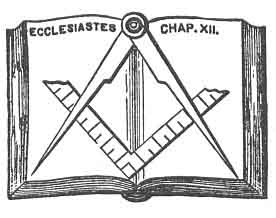
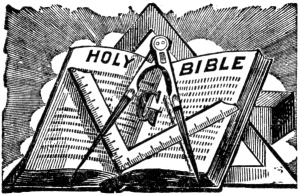
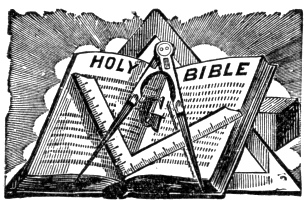
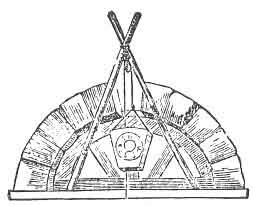
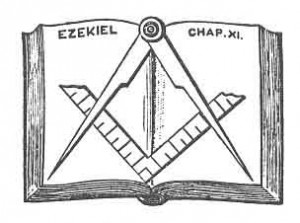
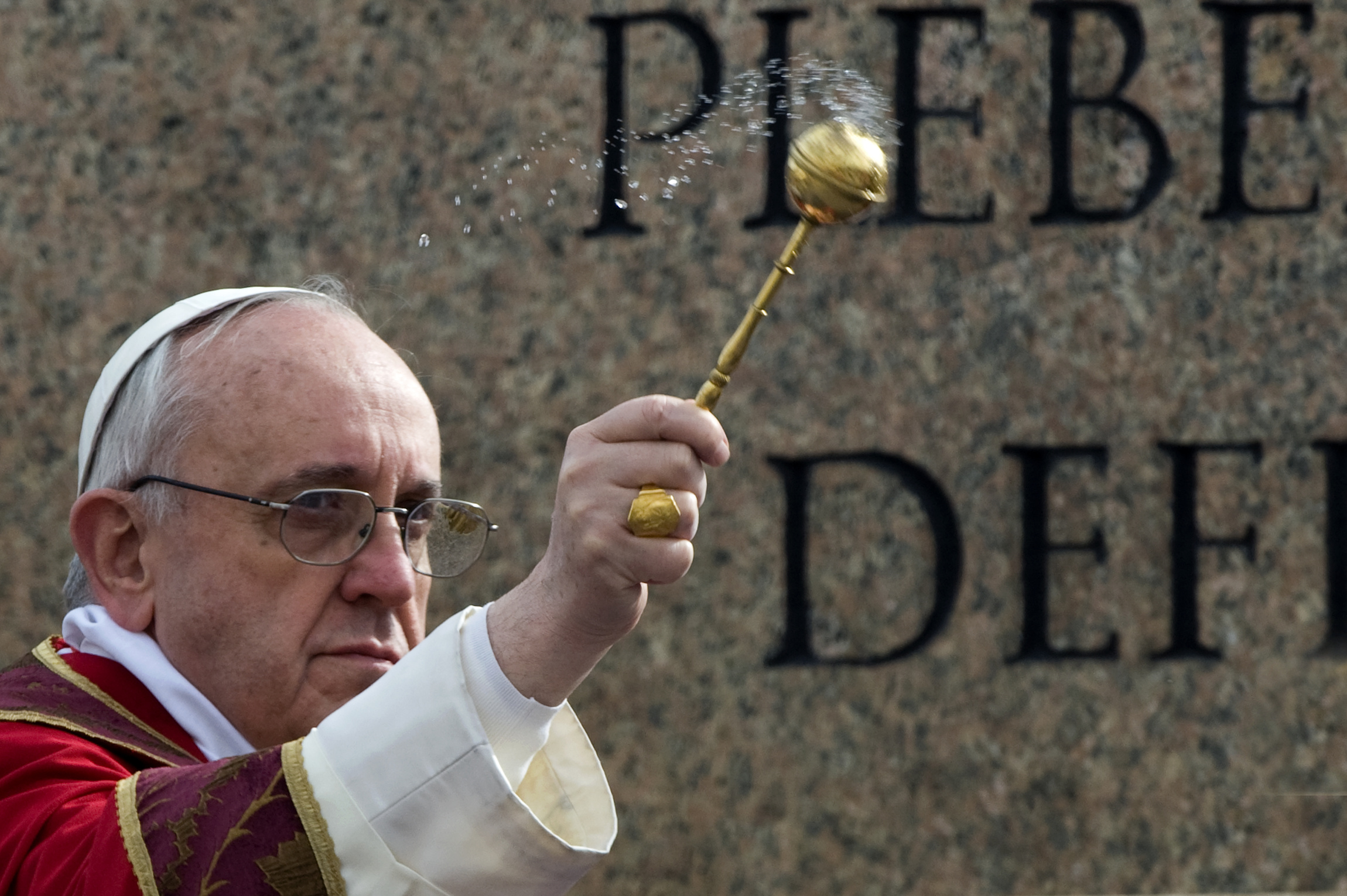
I enjoy reading and gaining knowledge to better thyself as well as our surroundings. It is crucial for us to continue the knowledge in order to fully give life freely.